Calle del Calzado Artesanal de Seongsu-dong (성수동 수제화거리)
7.7Km 2023-01-25
Yeonmujang 7-gil 15, Seongdong-gu, Seúl
Common Ground (커먼그라운드)
7.7Km 2024-01-23
Achasan-ro 200, Gwangjin-gu, Seúl.
Everest (에베레스트)
7.7Km 2019-09-02
2-1, Jong-ro 51ga-gil, Jongno-gu, Seoul
+82-2-766-8850
Nepal is located in the southcentral region of the Himalayan Mountains between India and Tibet, accounting for its diverse mixture of both country's cultures. Restaurant Everest allows guests to enter this culturally diverse world by offering cuisine from Nepal, India, and Tibet. In addition, Everest is operated by a Nepali owner, serving affordable food to tourists and students interested in the culture of Nepal. Customers can learn of the traditional food and culture of Nepal while listening to Nepali music and watching movies. The restaurant also provides a seminar area for various meetings.
Donga Stationery (동아완구)
7.7Km 2024-10-08
5 Jong-ro 52-gil, Jongno-gu, Seoul
Hocheondang Ttukseom Station(호천당 뚝섬역)
7.7Km 2020-10-30
#103, 1F, 19, Sangwon-gil, Seongdong-gu, Seoul
+82-2-497-8880
This is a Japanese cuisine located in Seongsu-dong, Seoul. The representative menu is buckwheat soba noodles. A restaurant specializing in pork cutlet and soba noodles.
Calle de los Cafés de Seongsu-dong (성수동 카페거리)
7.7Km 2023-01-25
Seongsu-dong 2-ga, Seongdong-gu, Seúl
Okcheon Maeun Jokbal (옥천매운족발)
7.7Km 2021-03-29
23, Jong-ro 51na-gil, Jongno-gu, Seoul
+82-2-3672-7168
This is a restaurant serving delicious spicy pork feet. This Korean dishes restaurant is located in Jongno-gu, Seoul. The most famous menu is braised pigs' feet.
Goti (고티(Goatee))
7.8Km 2021-03-24
242, Achasan-ro, Gwangjin-gu, Seoul
+82-10-3283-6566
It is a place where you can enjoy Kozel dark draft beer at affordable prices. The best menu at this restaurant is gambas al ajillo (spanish garlic shrimp). This Western dishes restaurant is located in Gwangjin-gu, Seoul.
Baune Najugomtang(바우네나주곰탕)
7.8Km 2020-10-30
7-1, Yeonmujang, 7-gil, Seongdong-gu, Seoul
+82-2-902-0540
A restaurant where it's OK to eat alone. The representative menu is beef bone soup. This is a Korean cuisine located in Seongsu-dong, Seoul.
Parque del Monte Naksan (낙산공원)
7.8Km 2020-07-21
Naksan-gil 41, Jongno-gu, Seúl.
El Parque del Monte Naksan recibe su nombre de su apariencia parecida a la joroba de un camello. En coreano, “nakta” significa camello y “san” significa montaña. De esta forma, la gente se refiere al parque como Parque Nakta o Parque Naksan. La montaña es una base de roca sólida de granito. La familia real de Joseon disfrutaba de la belleza natural de la montaña de granito, pero durante el período colonial japonés una actitud apresurada de planificación urbana dio como resultado la demolición de gran parte de la montaña. En un esfuerzo por salvar las zonas verdes restantes, el 10 de junio de 2002 el monte Naksan fue designado como parque. Situado en el centro de Seúl, este parque histórico y hermoso permite a sus visitantes contemplar la magnificencia de la ciudad.

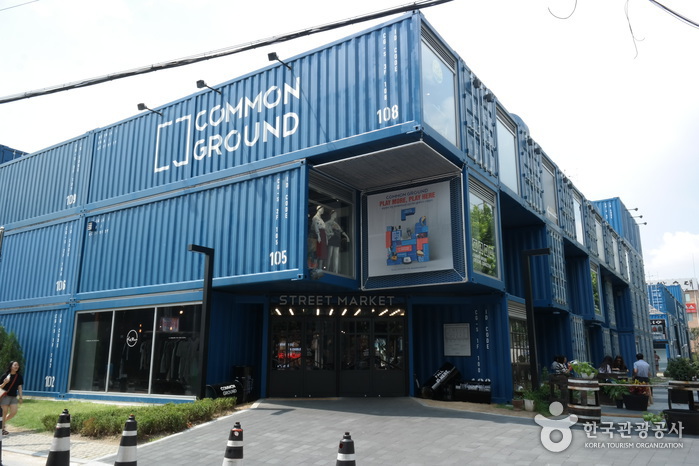
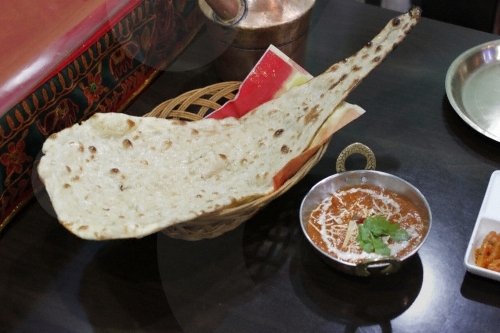
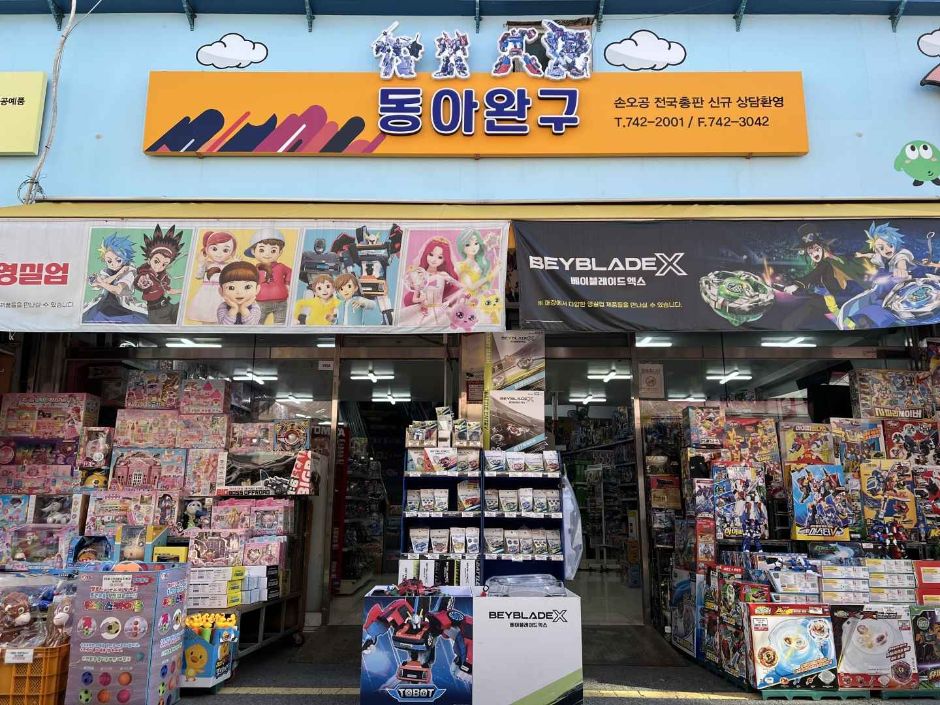
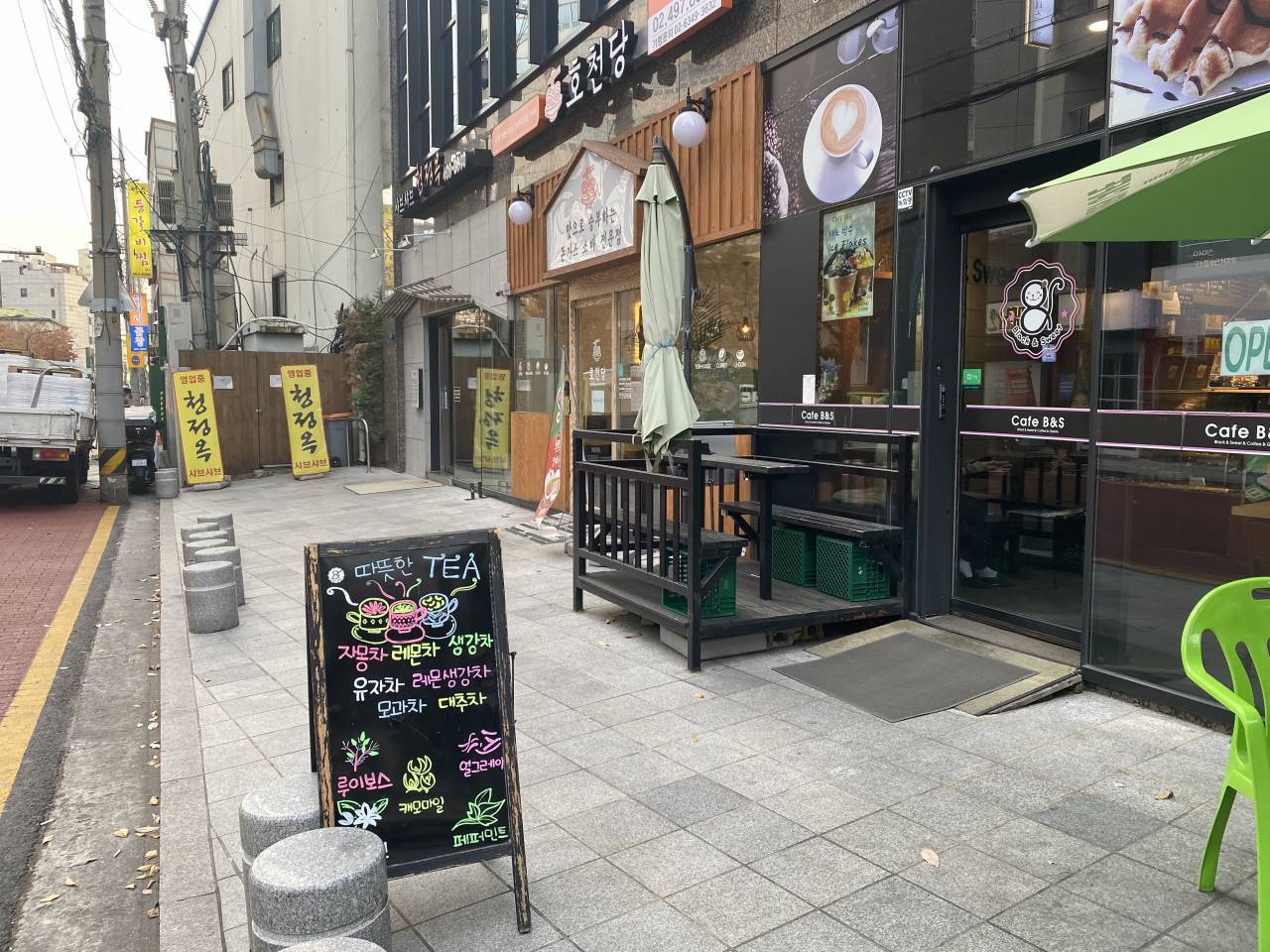
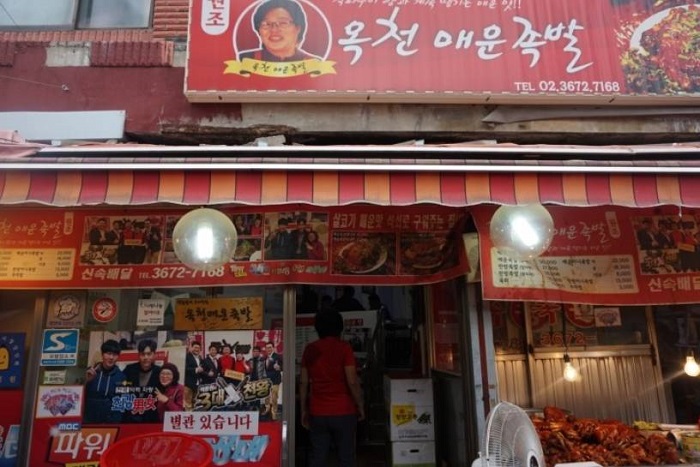
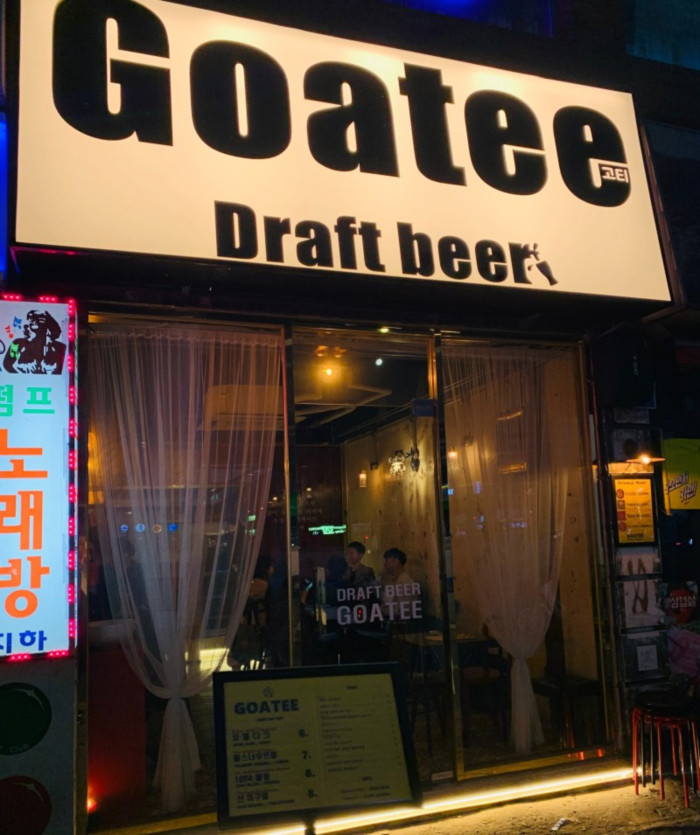
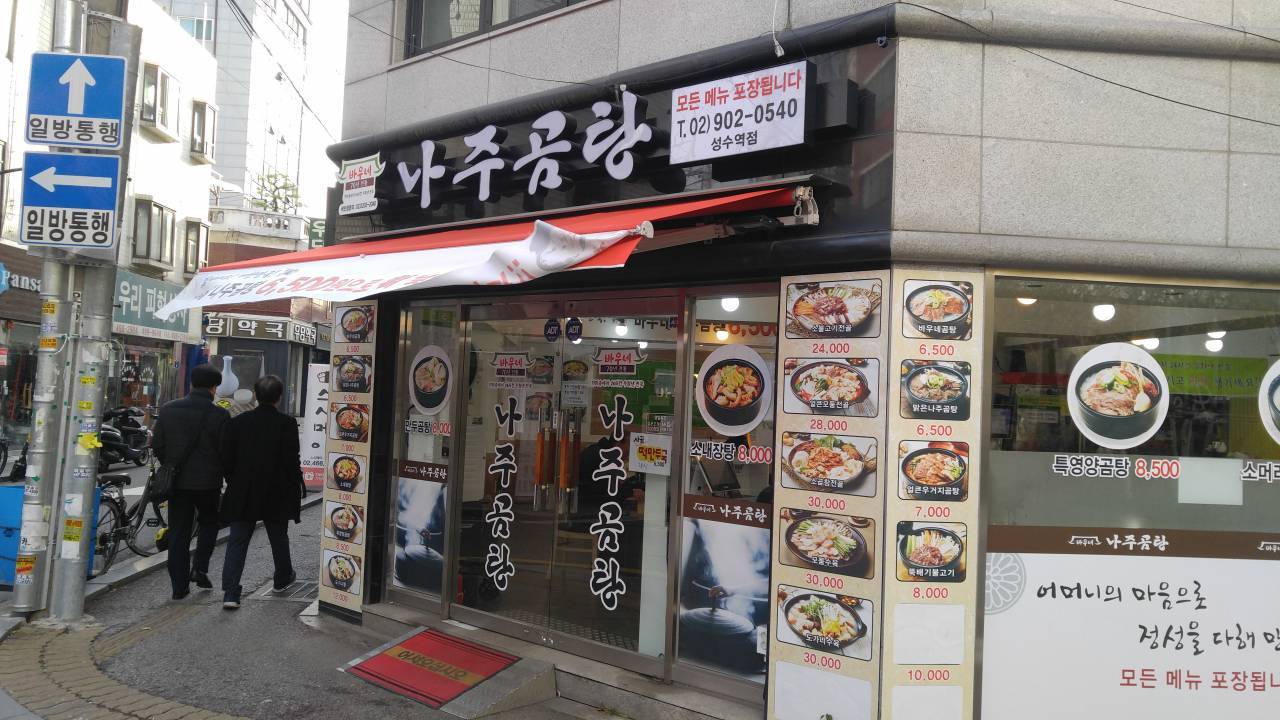
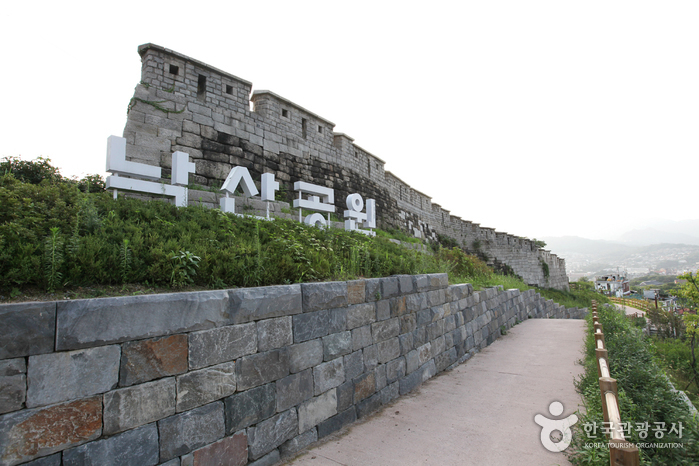
 Español
Español
 한국어
한국어 English
English 日本語
日本語 中文(简体)
中文(简体) Deutsch
Deutsch Français
Français Русский
Русский